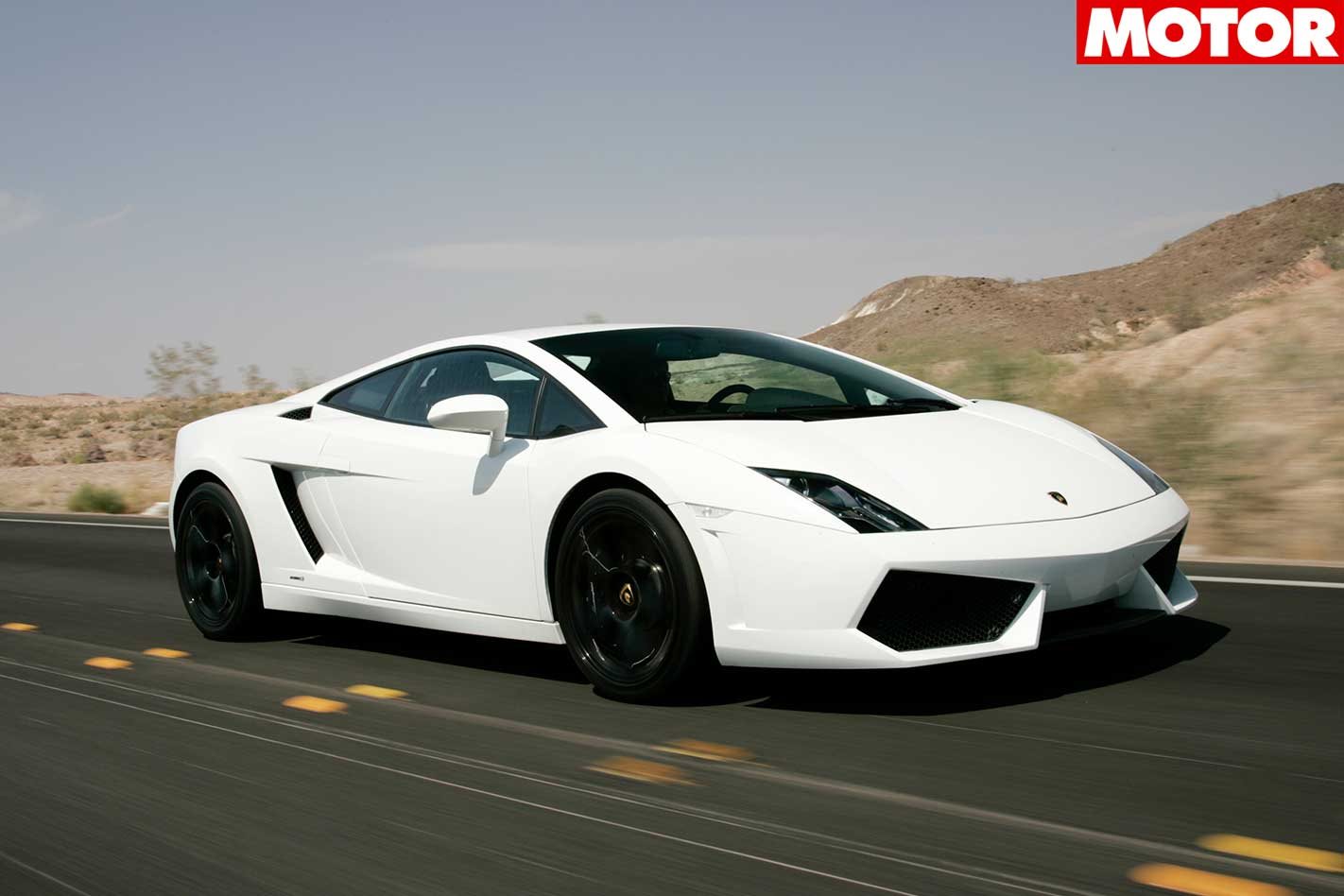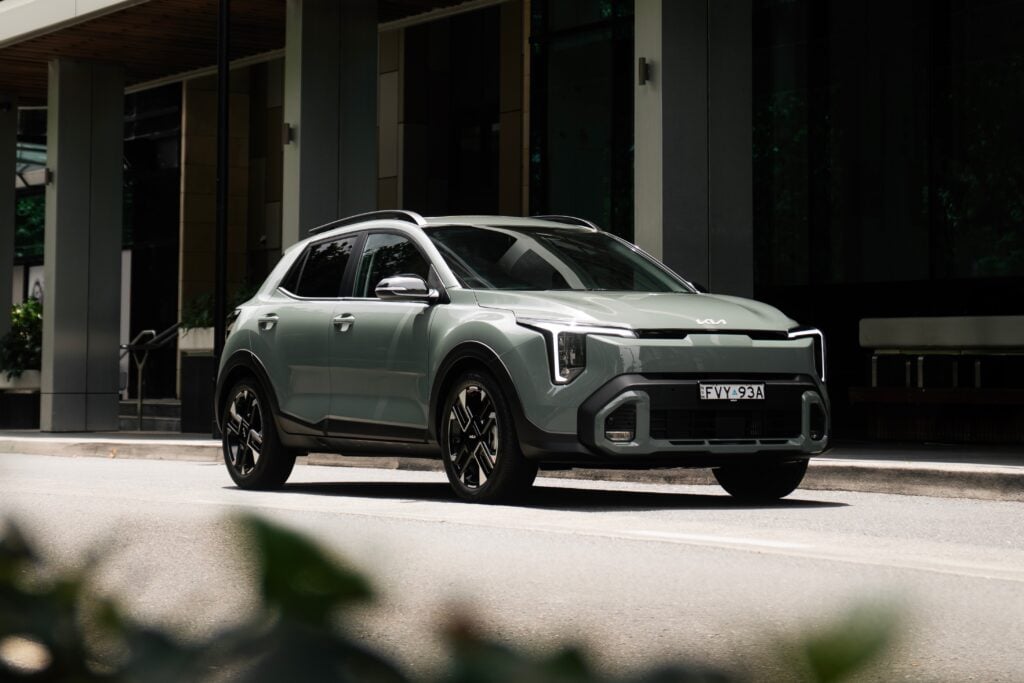Gentlemen, start your engines!
This review was first published in MOTOR magazine’s August 2008 issue.
Instead of pushing a button, please insert the weighty, traditionally fashioned ignition key which is long enough to foul a tall lad’s right kneecap. Now twist it, prick your ears, and watch carefully the response when lightning strikes on the other side of the tinted rear windscreen.
The V10 does not simply fire and run. Instead, it explodes, gasps for air, kicks its initial idle speed to 1250rpm and back to 750, and rubs cold pistons against equally cold cylinder walls as the dry-sump lubrication struggles to distribute oil to the faraway corners of the complex kraftwerk. Five, six seconds of martial metallic music frightens the wits out of birds and babies who happen to be close to the epicentre of this emphatically mechanical powerplant.
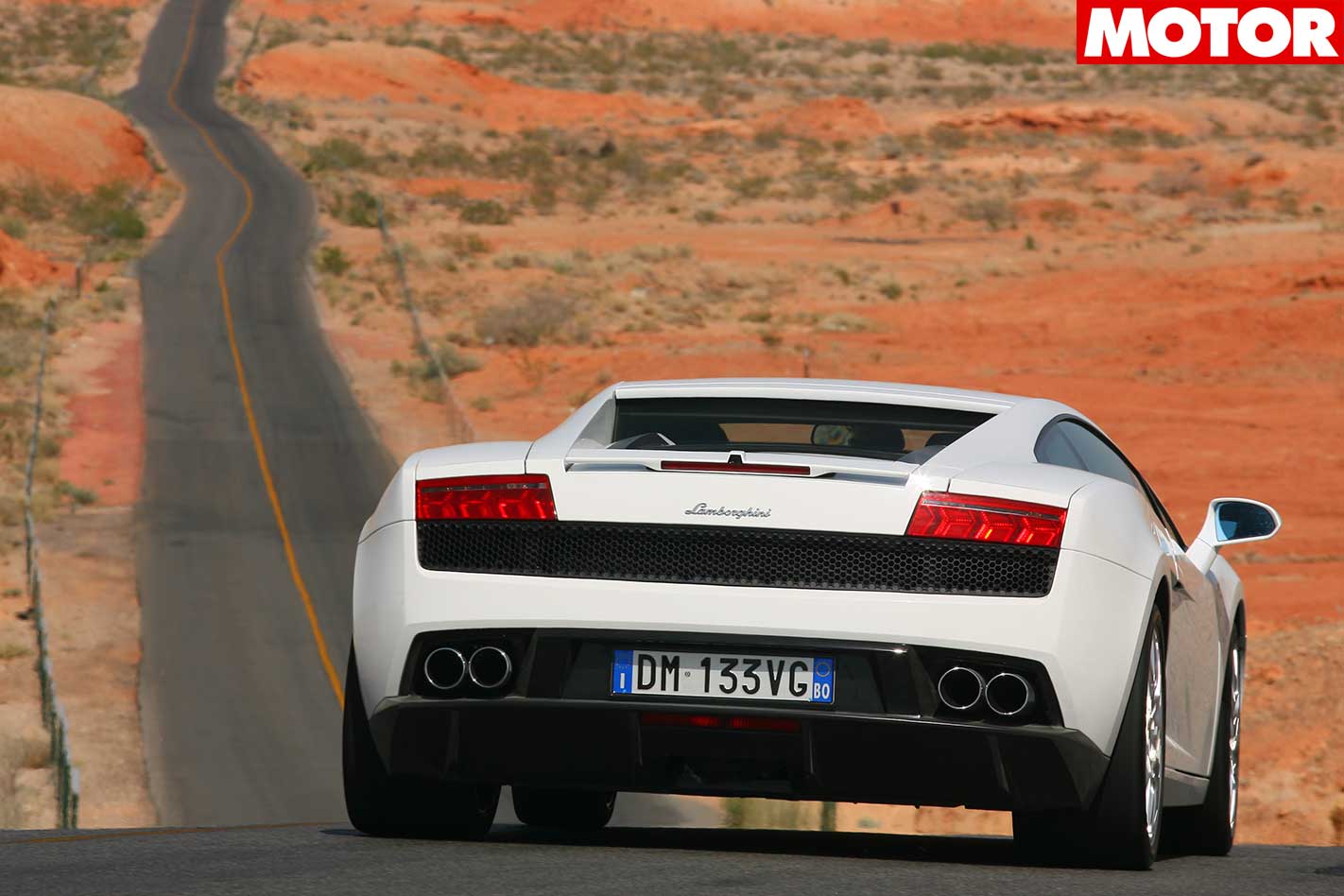
While the engine is beginning to come to terms with itself, the auxiliary equipment continues to chatter. The noisy oil pump whirs loudest, followed by the gurgling water pump and the nasal air-con compressor.
It’s all happening in the dark, volcanic display area behind the firewall where the cylinder heads boast a black crackle paint finish which looks even meaner than the bright red livery preferred by the other fast-car power brokers from the other side of Modena.
Yes, the new 5.2-litre V10 in Lamborghini’s updated Gallardo LP560-4 is quantifiably stronger, badder and wilder than the 5.0-litre version it replaces. A true rev junkie, it features a stratified direct-injection system, more efficient intake and exhaust manifolds, variable valve timing, reduced-friction pistons and lighter camshafts.
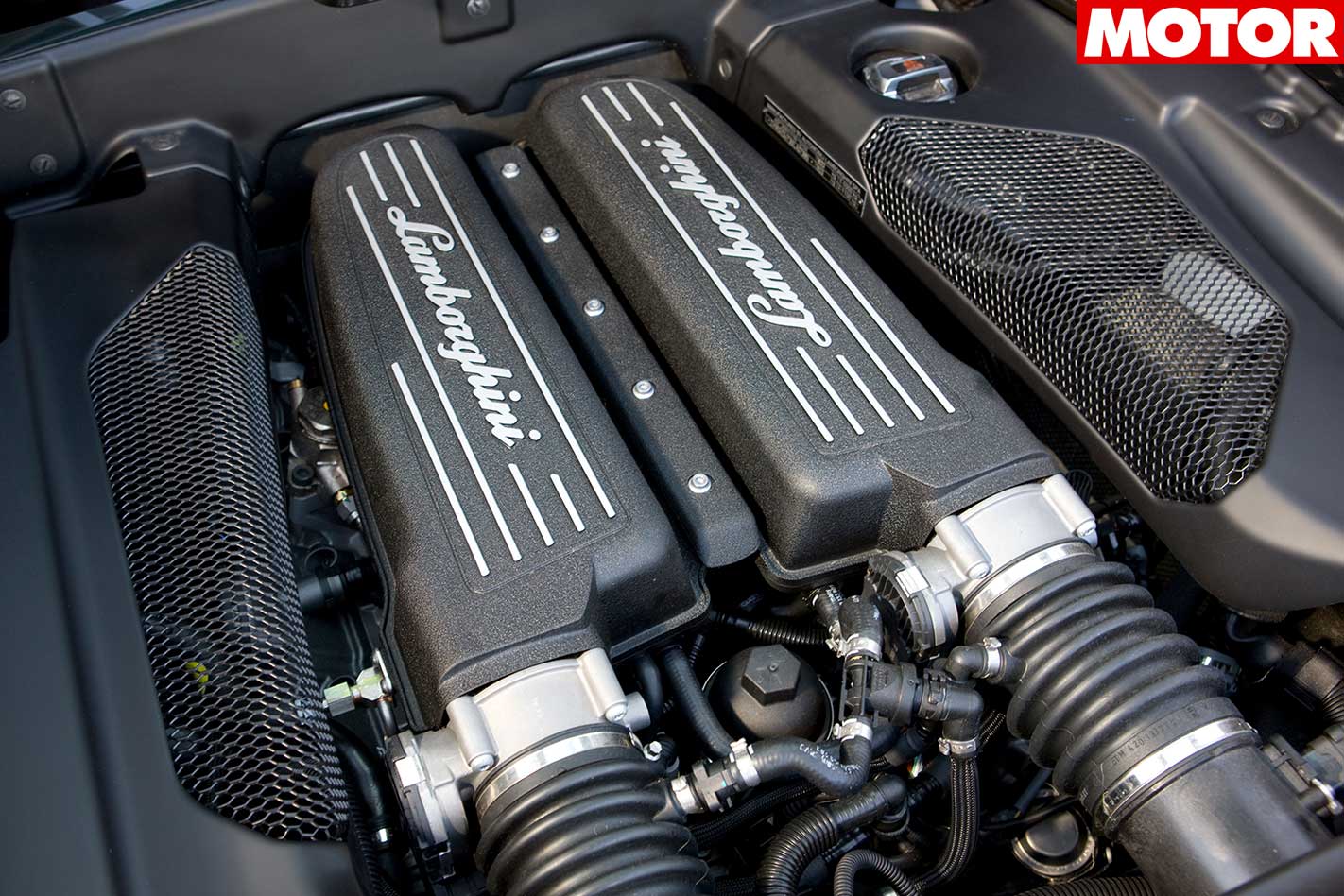
In Thrust Mode, it comes close to angering a Murcielago. The LP560-4 will accelerate from 0-100km/h in 3.7sec – that’s 0.3sec quicker than last year’s Superleggera and only 0.3sec slower than the mighty LP640. How does that compare to other supercars?
Well, the F430 Scuderia and the Mercedes-McLaren SLR are one-tenth faster still, and the 911 GT2 and the Pagani Zonda S are a dead heat, but none of these challengers can match the latest Lambo for aural thrills and mid-range vibes.

The E-gear equipped LP560-4 (which is a $16,000-odd premium over the manual gearbox) sprints to 200km/h in 11.8sec, beating its predecessor by half a second, and reaches 325km/h, up from 315. The six-speed manual is slower than the E-gear car, but equals the previous model’s performance.
A car as overtly aggressive as our Gallardo – even in snow white – does not really need a show-off button, but just to be safe, the LP560-4 has two.
One is labelled Corsa; the other one reads Sport. Sport loosens the ESP reins and speeds up the throttle response, while Corsa opens the door to the Thrust Mode program for which one could charge a fee from innocent bystanders.
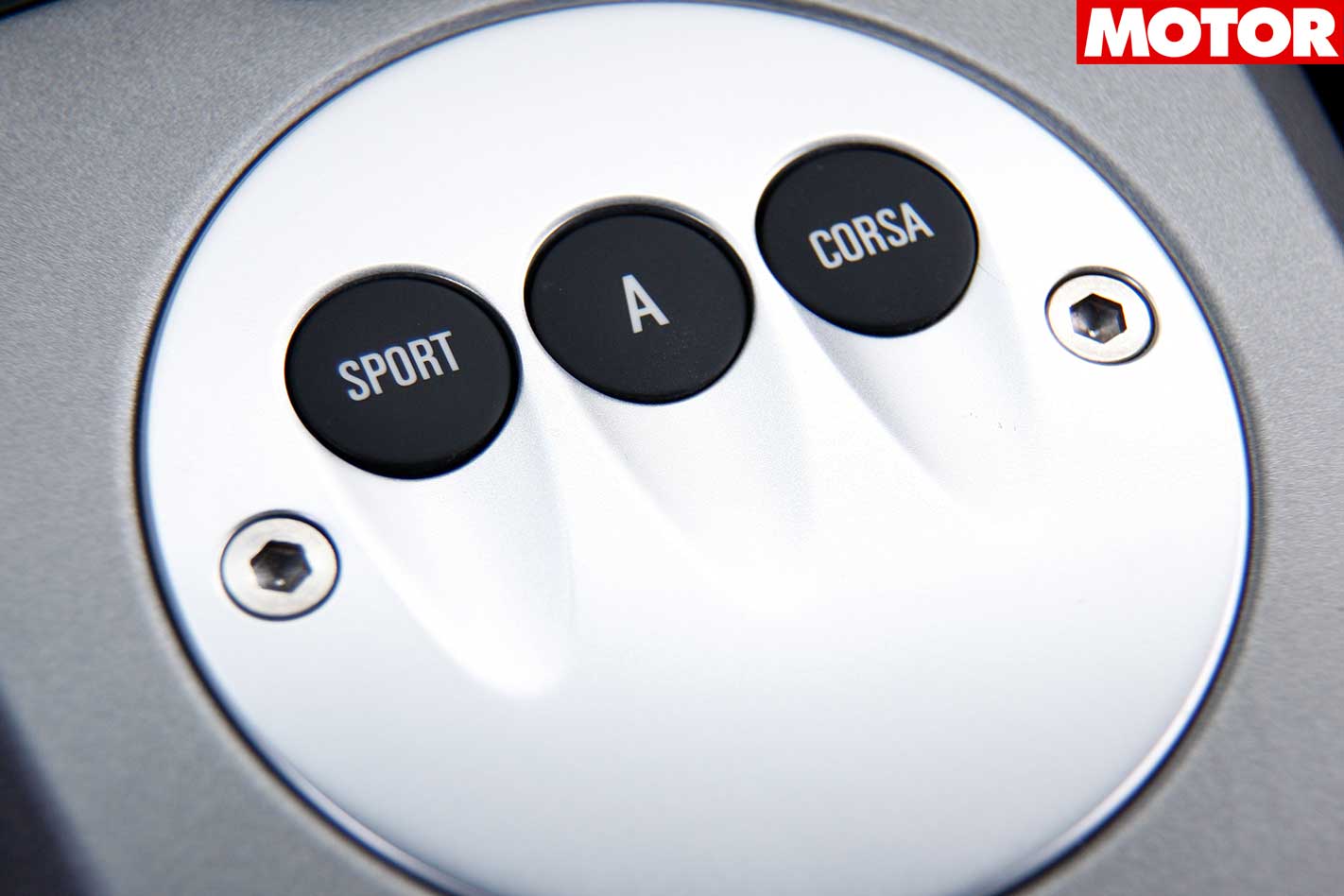
You’ll feel a mind-boggling kick in the butt as third gear is summoned, even at more than 160km/h, toward fourth.
Thanks to all-wheel drive, the traction, grip and stability are never at stake. It’s so simple to go 737-chasing in the LP560-4; it’s easy to waltz with grandezza round corners on wet tarmac and then to prescribe smokey arcs as it winds from mild understeer to mild oversteer.
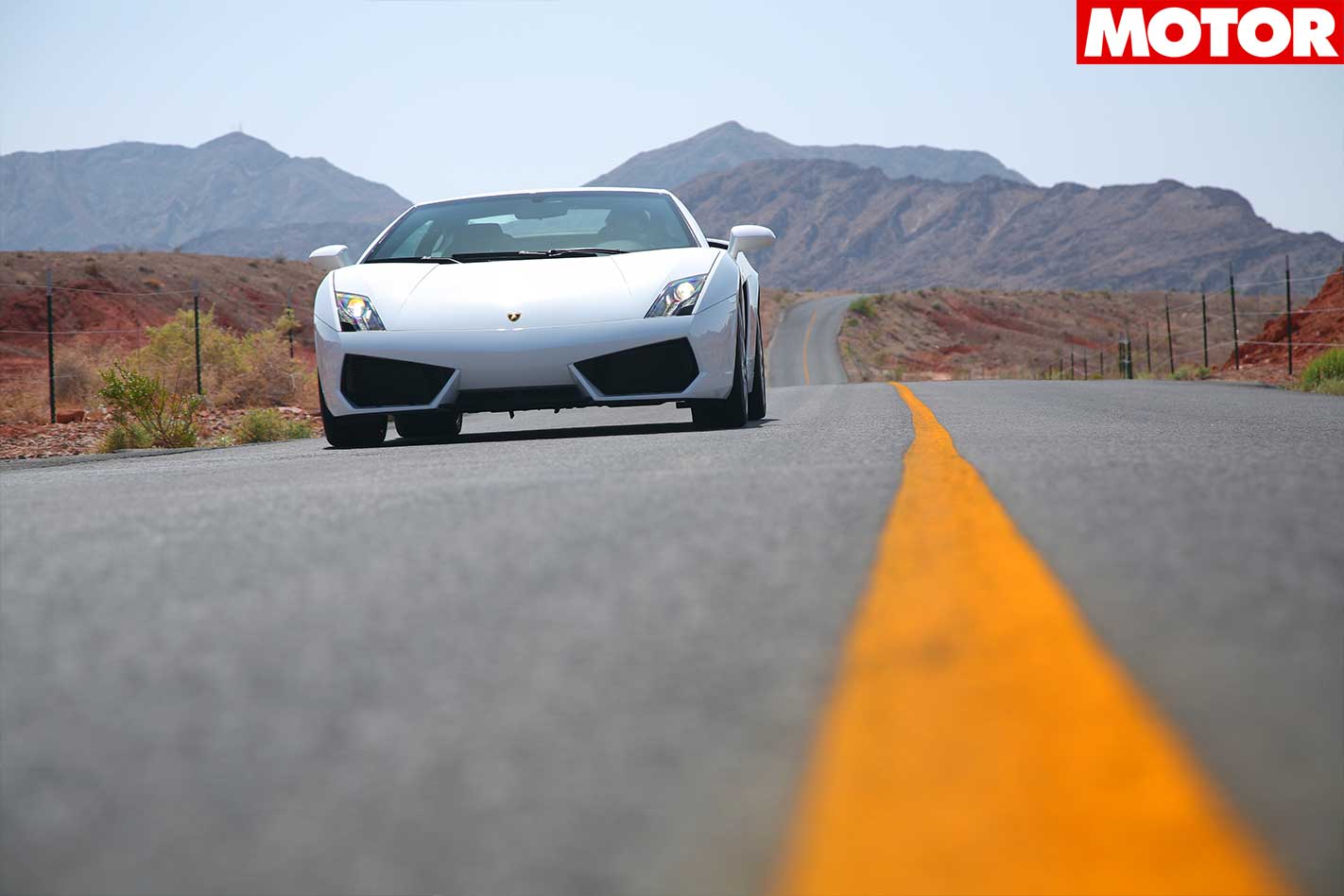
No. The more powerful engine is indeed a welcome asset, but it takes a hypersensitive bum loaded with g-force sensors to register the split-second advantages over the 2007 vintage. Instead, what makes all the difference is the better-connected steering, the more-compliant suspension, the less capricious E-gear transmission and the homogenous handling characteristics.
As far as the new steering is concerned, the stiffness and the substantial effort are history. Instead, it feels more progressive and fluent, almost as if there’s been a change in the fluid inside the steering rack from syrup to whisky.
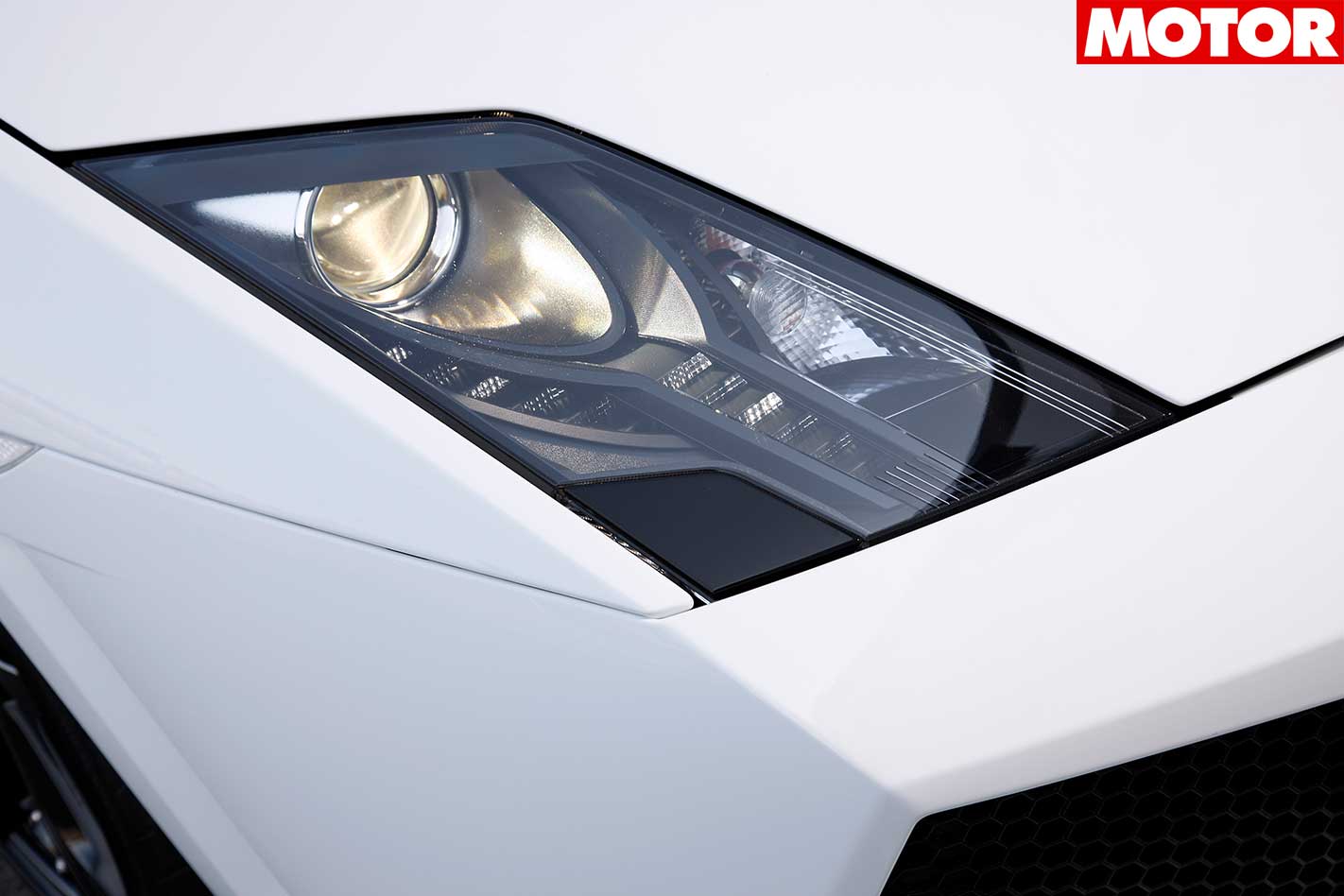
Also new is the double-wishbone rear axle complete with additional tie-rods, the overhead rear anti-roll bar and, most importantly, a larger rear subframe that accommodates the suspension-mounting points.
Together with the sticky dual-compound Pirelli P Zero LRR (low rolling resistance) tyres, this set-up takes away the edginess at the limit and somewhat softens the break-away behaviour so that lift-off oversteer is a vice of the past.
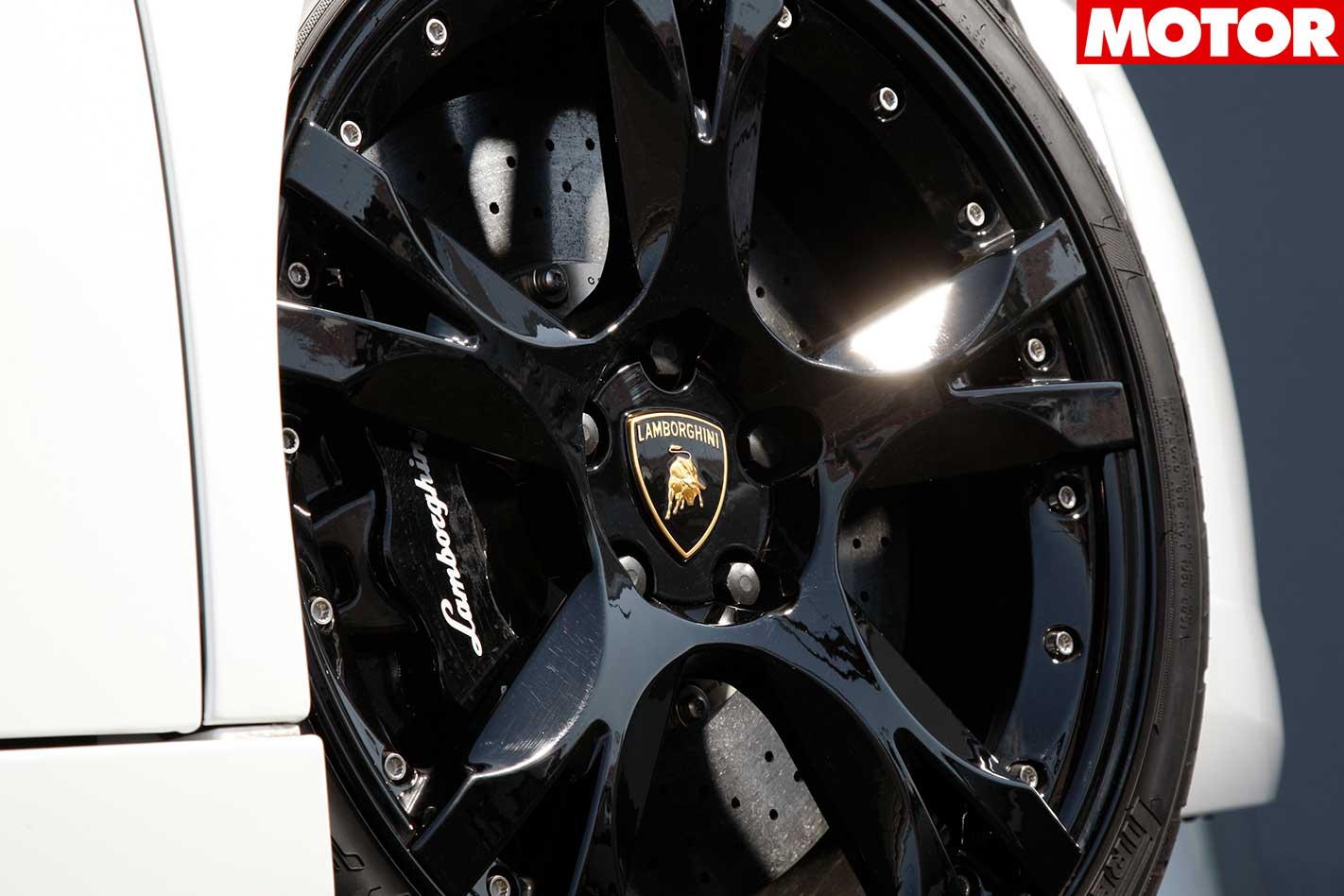
The customer can, for example, choose between steel and ceramic composite brakes, both offering improved cooling and heat dissipation. The latter option is larger in diameter yet lighter overall, but it needs higher temperatures to deliver the goods. Mainly thanks to some minor all-wheel-drive system upgrades, the kerb weight has dropped slightly from 1520 to 1500kg.
The new viscous coupling front diff splits the torque at a rate of 30 to 70 percent, but this ratio varies according to demand, so the typical give-it-all cornering attitude is push in, pull out. The downside of the freshened set-up is more turn-in understeer which can be a nuisance on cold tyres.
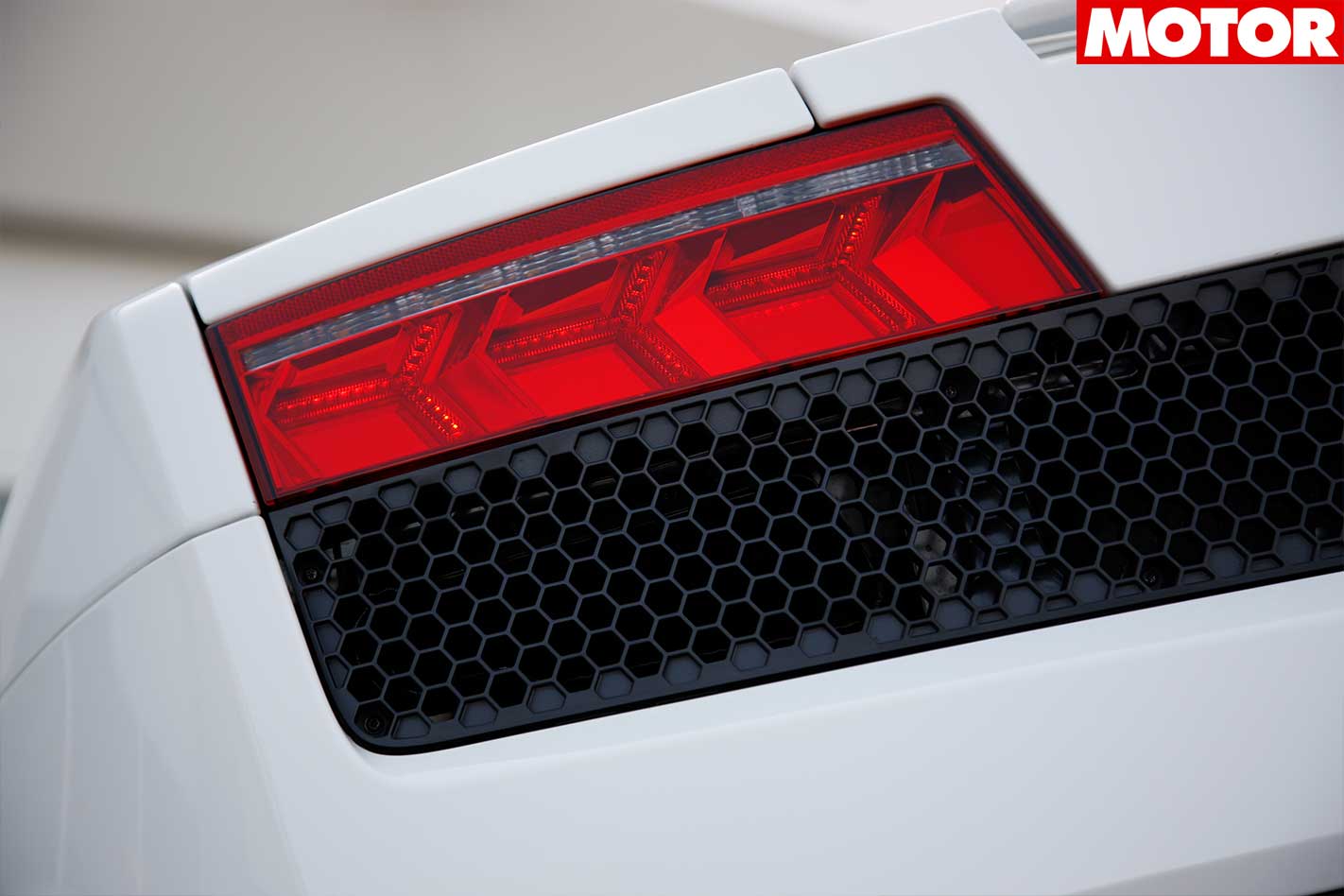
More relevant in real life is the actual shift quality (smooth instead of jerky), the shift action (instant and positive thanks to column-mounted paddles) and the totally relaxed operation in stop-and-go traffic (no hiccups, no delayed response, no over-eager downchanges).
Auto mode will get you from A to B, but it’s still a crude headbanger, no matter how delicate the throttle treatment may be. The Sport function provides the best compromise between harmony and velocity.

Design changes often cause arguments between marketing bods and engineering heads. But in this case, the two departments actually worked hand in hand.
The marketing mob wanted more presence and a closer proximity to the bad-arse Murcielago; the R&D lads wanted better cooling and superior aerodynamics. The car received both: the most aggressive front end in the supercar scene, and a more substantial throughput of air, together with 31 percent more downforce, especially in the rear where an automatic spoiler extends at 120km/h.
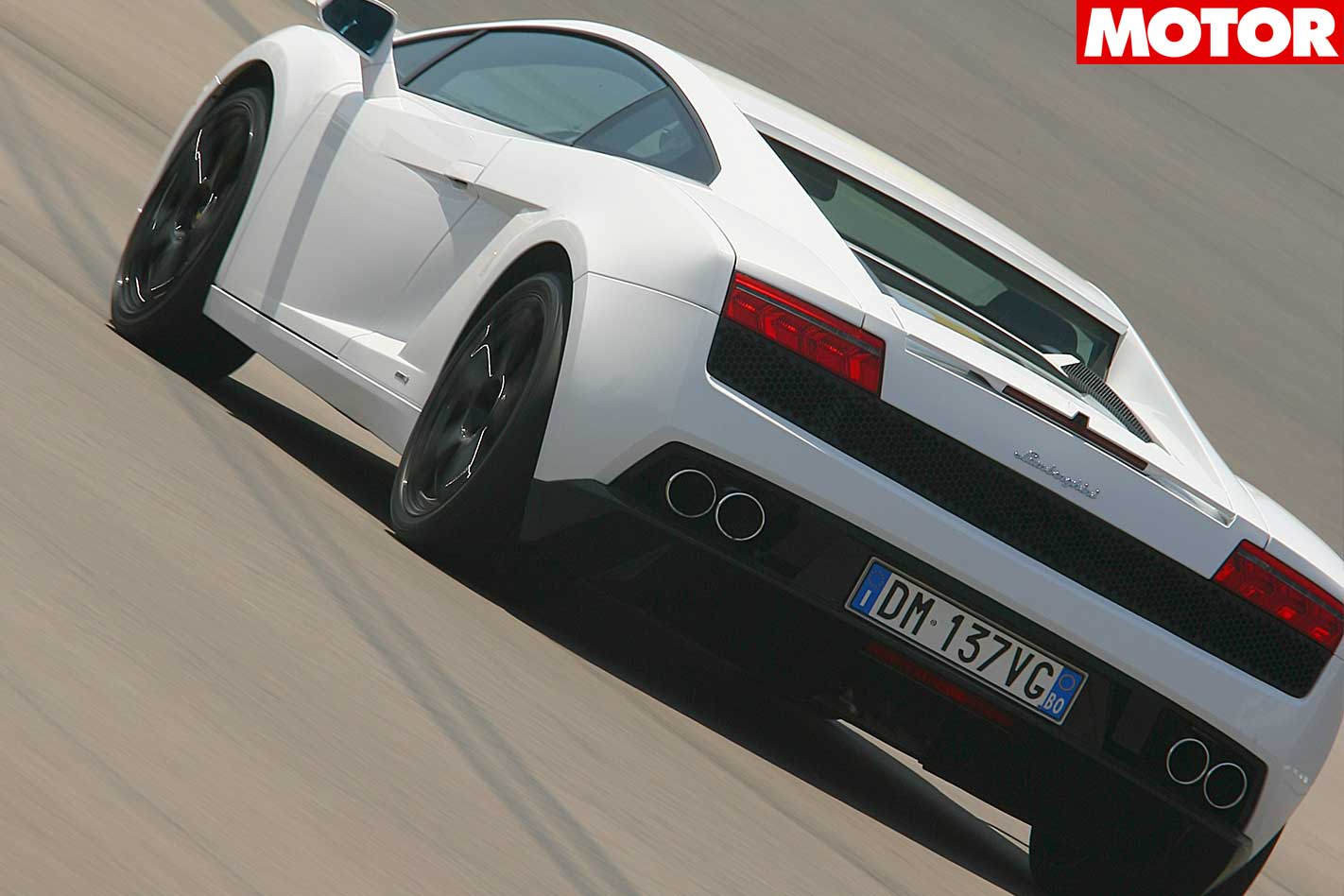
High speeds require mega revs and a certain determination to keep up the momentum, which is why those ultra-fast autostrada sweepers call for dry palms and a certain amount of fatalism.
Inside, LP560-4 has detail changes like fresh instrument graphics, a row of chrome-capped switches, a relocated CD player, slightly less martial seats and a new steering wheel with a silly squared-off bottom; in vogue, as are the speedo and rev counter needles that swing round once as you start the engine.
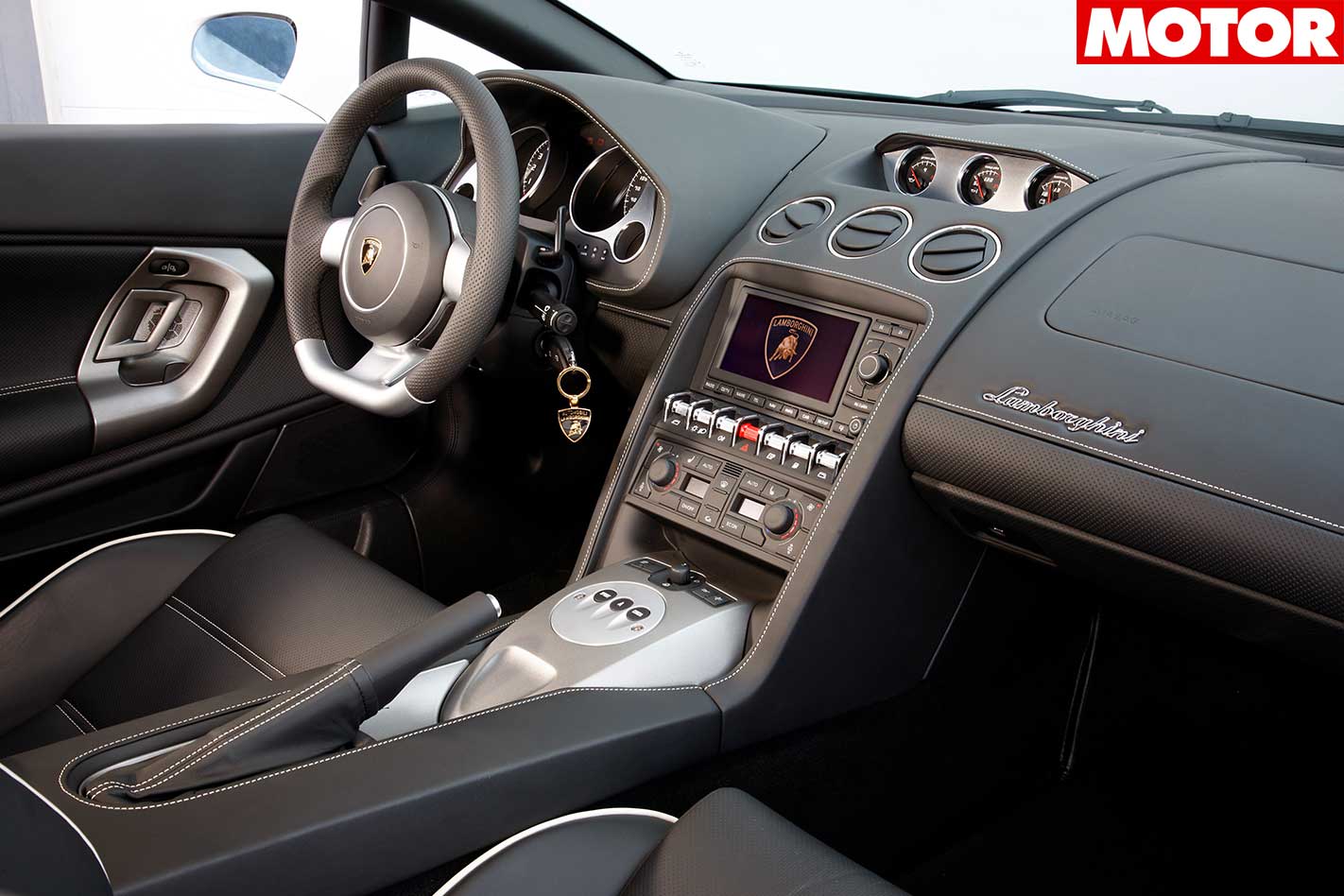
Vehicle control at the limit can be an issue when legs and arms collide. The soon-for-debut LP560-4 Spyder will be an even tighter fit, though its goose-pimple 10-tenths noise is bound to be even more radical.
You can put your money down on a Gallardo to show off; to make a blatant anti-Ferrari statement or to own the butchest car on the block. But there are much better buying motives than that, such as its fine handling and energetic roadholding, the magic V10 that slays most V8s for grunt and charisma, and the failsafe grip provided by all-wheel drive. You see, like the F430, the LP560-4 is a proper sports car, not a dressed up GT or an evolution of a relatively pedestrian base model.

It is, in other words, a masterpiece.
WHAT’S IN A NAME?
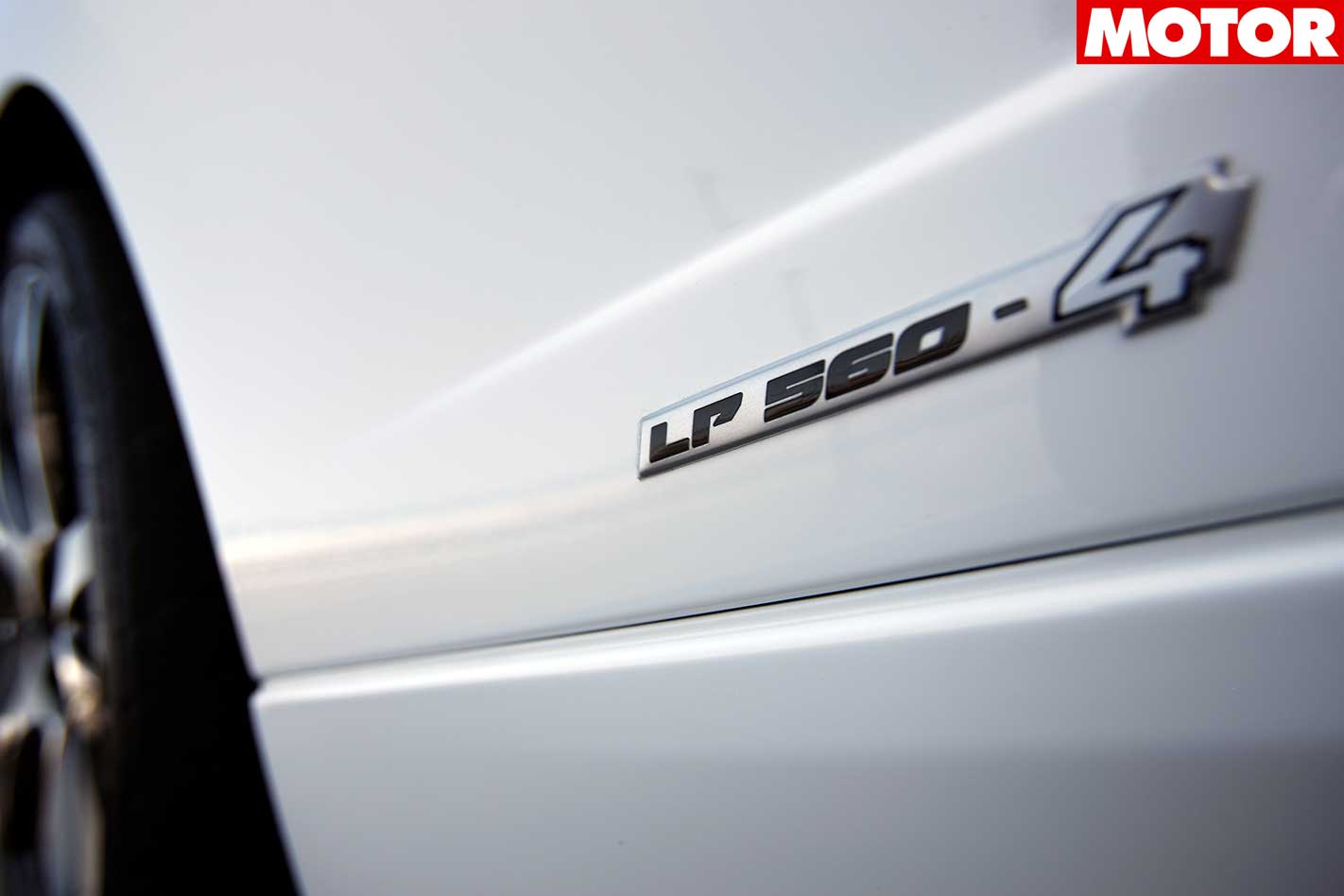
IT AIN’T ALL GOOD
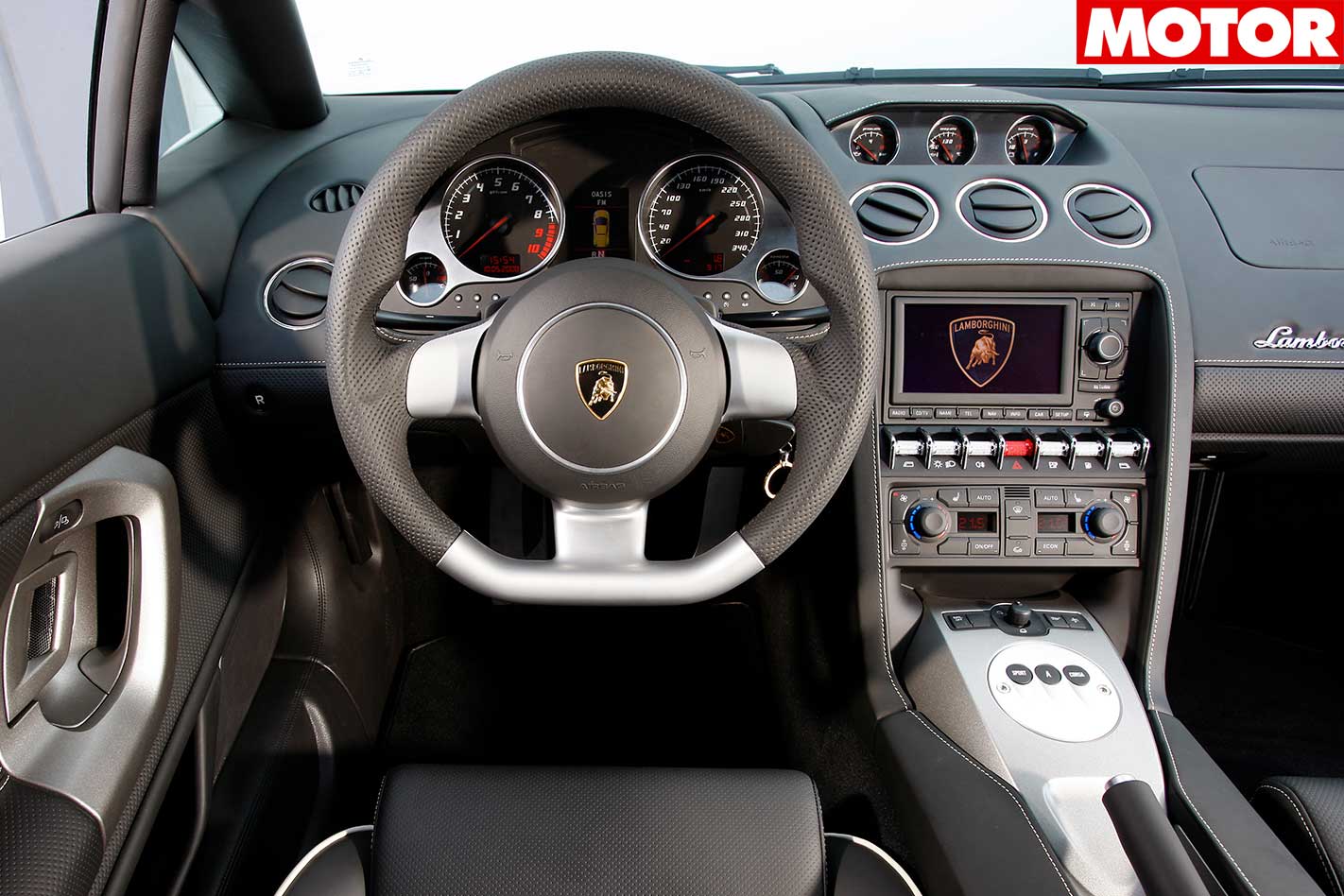
2008 Lamborghini Gallardo LP560-4 Body: 2-door, 2-seat coupe Drive: all wheels Engine: 90-degree V10, DOHC, 40v Material: alloy head/alloy block Bore/Stroke: 84.5 x 92.8mm Capacity: 5204cc Compression: 12.5:1 Power: 412kW @ 8000rpm Torque: 540Nm @ 6500rpm Redline/Cut: 8300/8300rpm Fuel/Tank: 98 octane/90 litres Kerb Weight: 1500kg Power-to-Weight: 275kW/tonne Transmission: 6-speed manual Ratios: 3.31/2.05/1.45/1.13/0.93/0.74 Final Drive: 3.08 Suspension: double A-arms, coil springs, anti-roll bar (f); double A-arms, coil springs, anti-roll bar (r) Length/Width/Height: 4345/1900/1165mm Wheelbase: 2560mm Tracks (f/r): 1632/1597mm Steering: power rack and pinion Turning circle: 11.5m Lock-to-lock: 2.7 turns Brakes: 365mm ventilated discs, eight-piston calipers (f); 356mm ventilated discs, four-piston calipers (r); ABS, EBD, ESP, ASR Wheels: 19 x 8.5-inch (f), 19 x 11.0-inch (r), alloy Tyres: Pirelli P Zero LRR 235/35ZR19 (f), 295/30ZR19 (r) Price: $455,000 (estimated)
Fast Times 0-100km/h: 3.7sec (claimed) Top speed: 325km/h (claimed)
Likes: Brilliant! – better than the Superleggera in every respect Dislikes: Silly squared-off steering wheel; cramped interior Rating: 9.5 out of 10 stars

